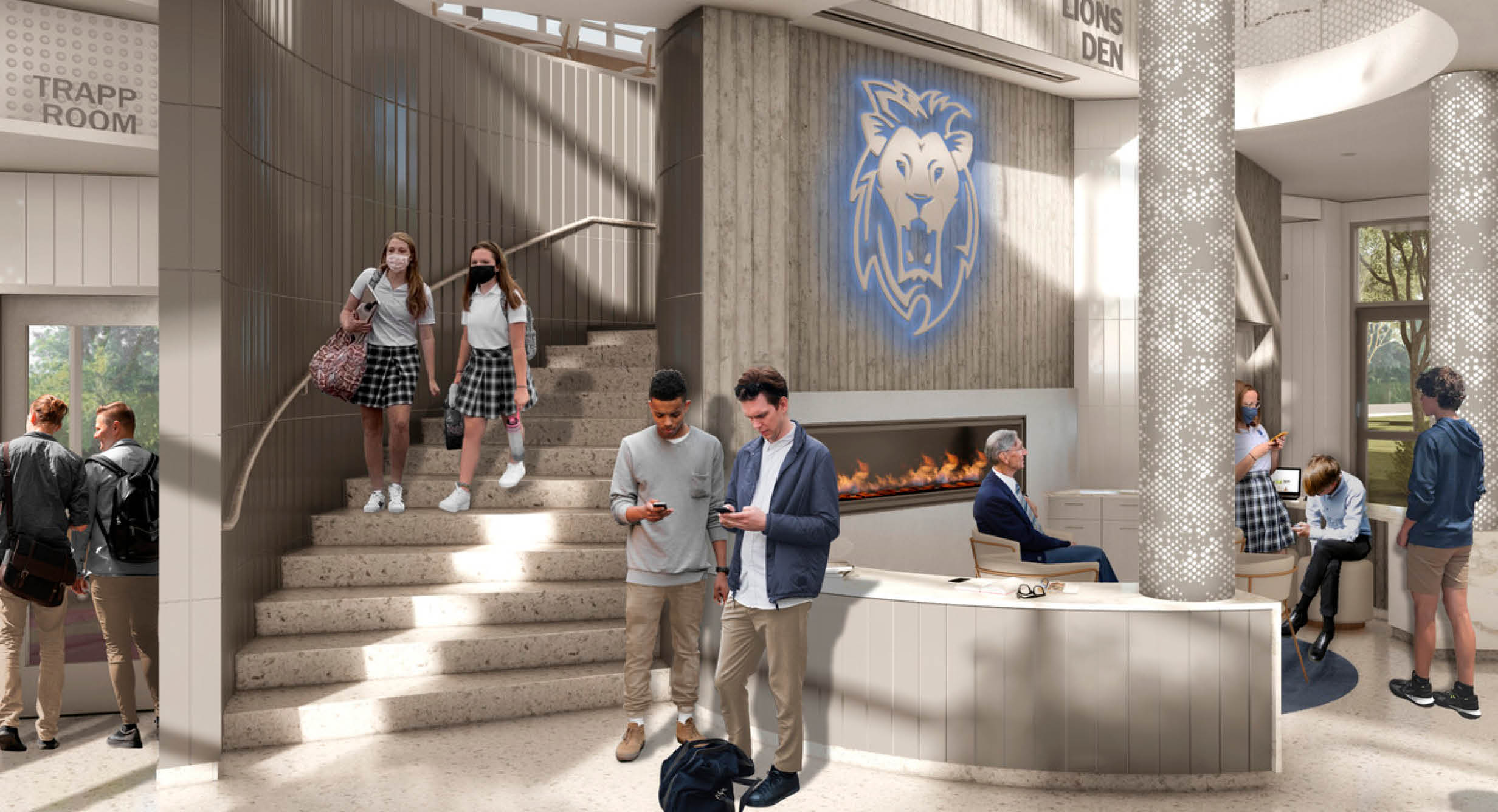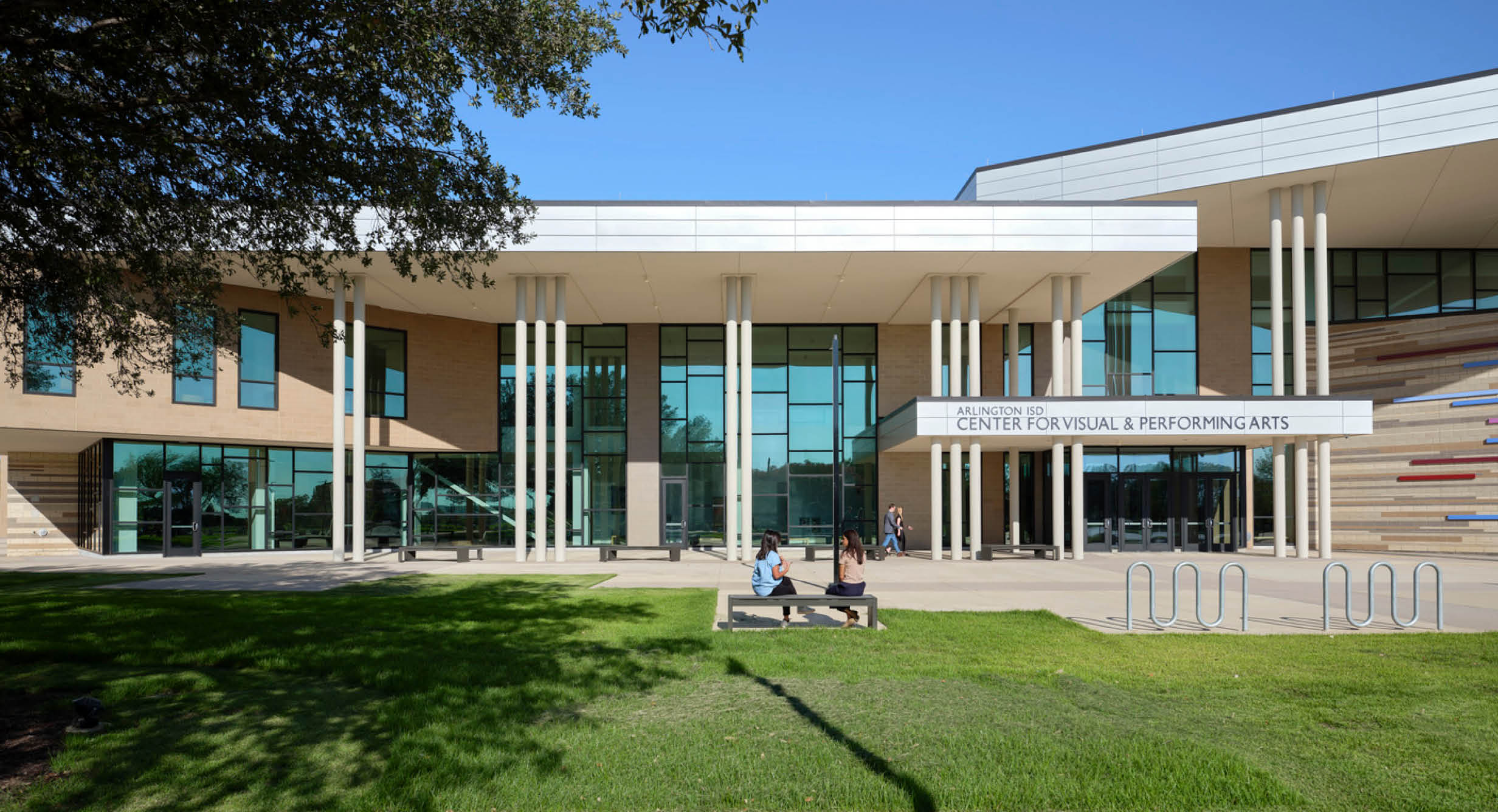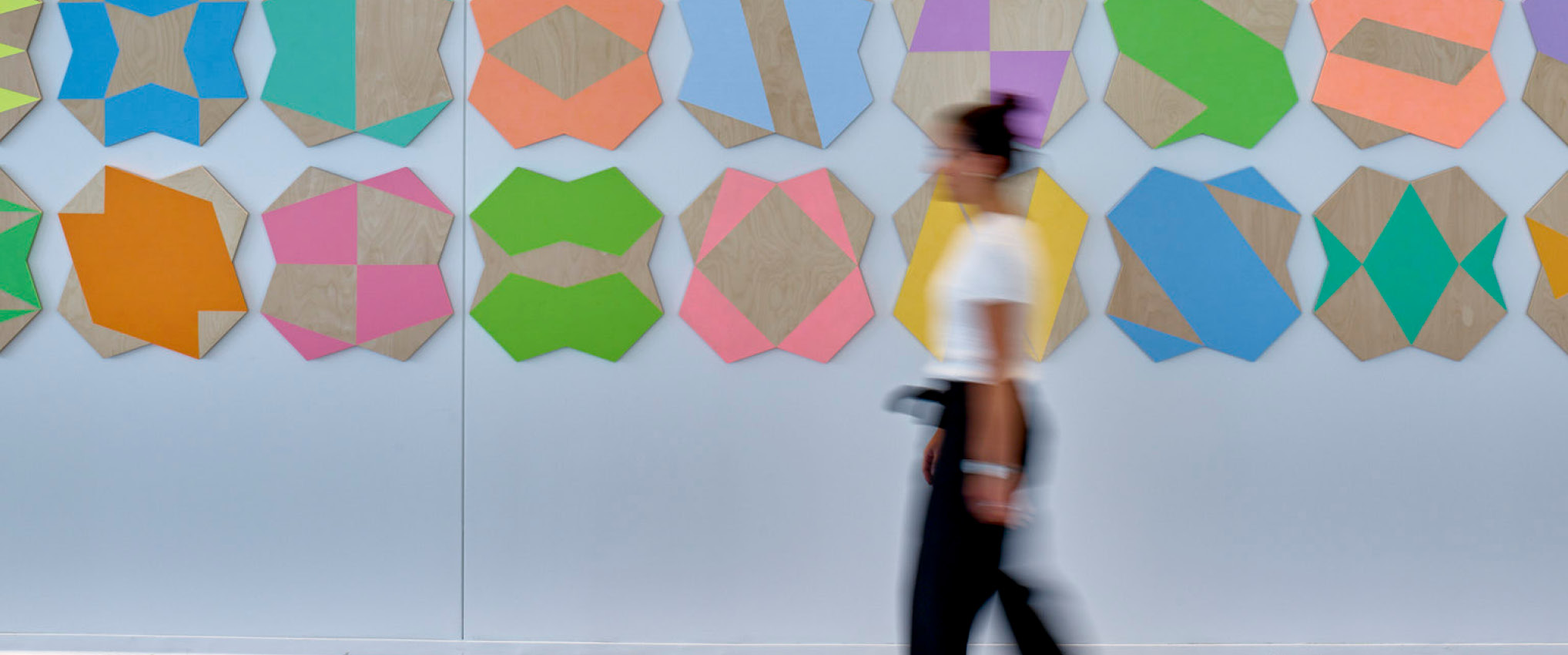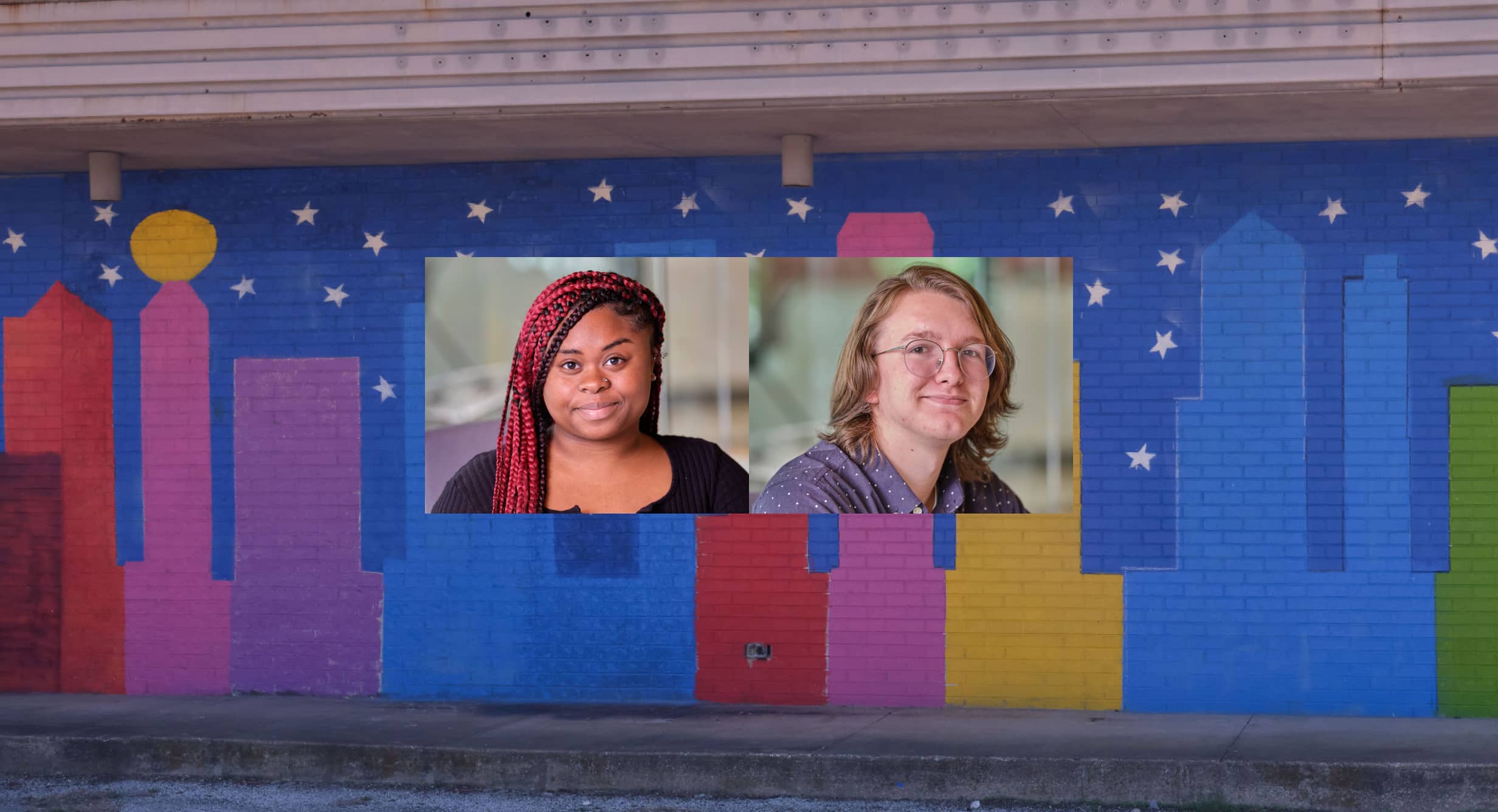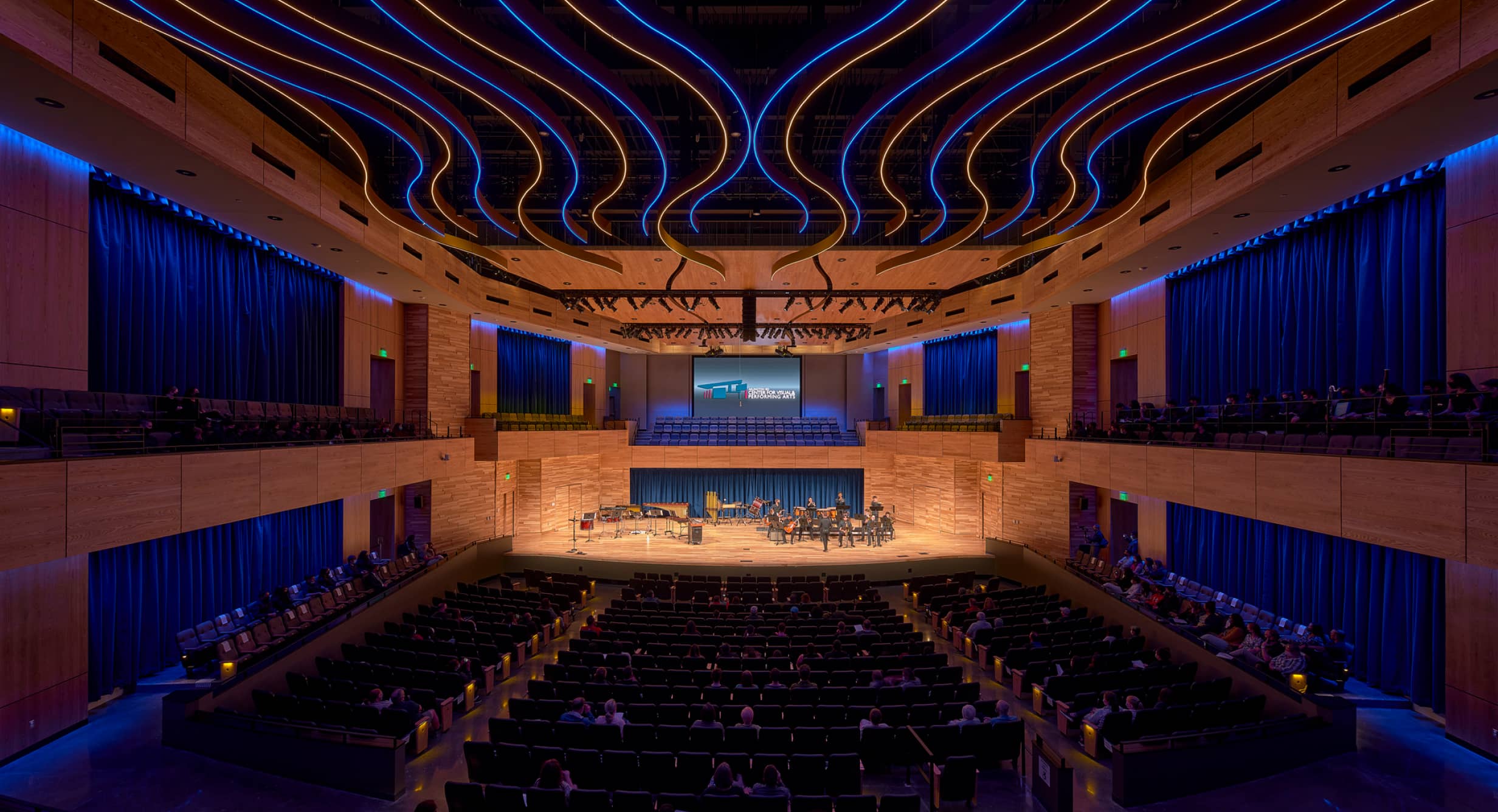
Dallas Lutheran School School Design Supports Community Recovery and Student Success
Dallas, Texas
Practice
Services
The Challenge
On the evening of October 20th, 2019, Dallas Lutheran School (DLS) was hit by a tornado that ripped through the north Dallas area. Classes were not in session and no one at the school was injured, but the main classroom building sustained significant damage, rendering it unusable. With two buildings boarded up and classes operating out of portable buildings, DLS was at risk of losing significant enrollment. The school quickly moved forward with a cleanup and recovery, under the theme, “Rise up, rebuild, rejoice,” based on Nehemiah 2:20.
The Design Solution
HKS organized visioning sessions with students, faculty, and families to determine what they wanted at the rebuilt school. The excitement generated by those meetings bought the school much-needed time and trust from the concerned parties. Ultimately, the new campus responded to the positive feedback from students’ recent experience using the temporary portable buildings. The engagement process revealed the students liked the outdoor circulation and its impact on their emotional well-being.
The design solution creates a beautiful new front plaza and building elevation to replace the one lost in the tornado. Students enter the school by crossing through the new gate and going through a series of courtyards dedicated to them and their education. The effect is as if the classrooms extend directly to the outside. From all the rooms, the visual connection with nature serves as the protagonist and center of attention. The space that connects the classrooms is not only a functional passage, but also a space for work and play that includes multiple nooks, balconies, and walkways over the outdoor courtyard. The large, covered outdoor area is programmed for learning, food service and collaboration, and is poised to become the heart of the school. When completed, the first phase of the Dallas Lutheran School project will consist of 15 classrooms (including art and science), an administration area and a study center. Standard classrooms, science labs, and the study center are adjacent to one another to support cross-disciplinary interaction. The second phase will host more classrooms (including robotics) and a new auditorium/chapel.
The Design Impact
Through the use of color, materials and the exterior and interior experience, students who walk through the school will become part of the re-emerging campus. A Study Center, flanked on three sides by floor-to-ceiling glass, is the core of activity, providing students the power to discover learning in their own ways. Different programs and activities are juxtaposed, offering new connections across various levels and inspiring curiosity and a passion for exploring. Students in the study center on the second floor can look down into performances in the learning courtyard and activities in the Zen Garden. The new design has brought a sense of place and hope to the community and created a feeling of cohesiveness out of chaos.


Project Features
- 300-student enrollment
- ICC-500 storm shelter
- Visual arts suite
- Science labs
- Administration offices
- “Heart-of-school” learning commons
- Outdoor learning spaces
- Artificial turf athletic fields
- Future 400-seat performing arts center


